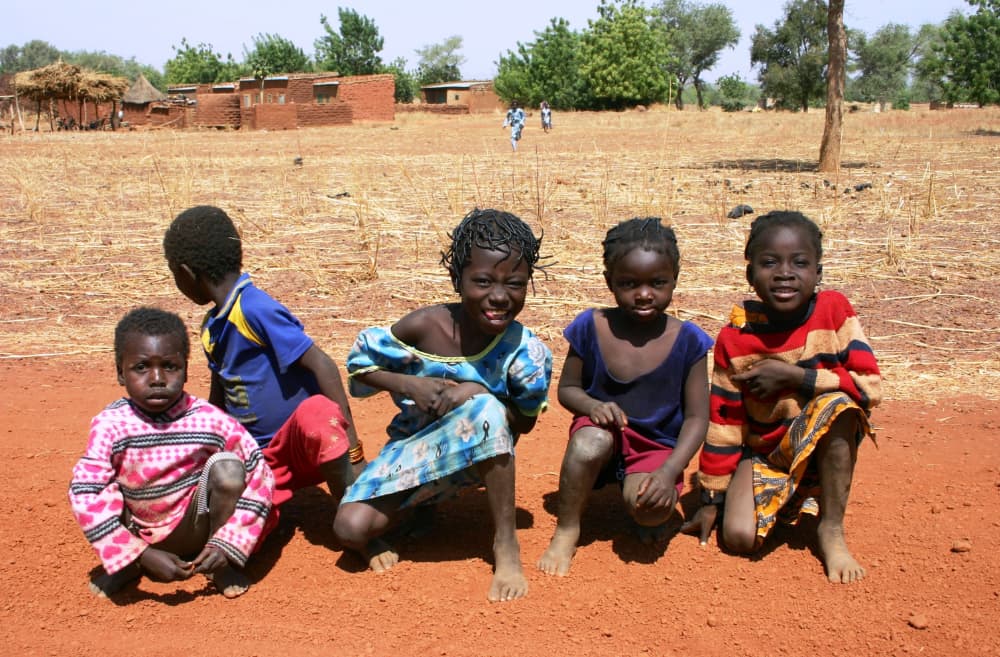Non-autoimmune diabetes discovered in African children challenges type 1 classification
A landmark multi-country study has uncovered compelling evidence that the majority of children and young adults clinically diagnosed with type 1 diabetes across sub-Saharan Africa actually have a previously unrecognised non-autoimmune form of insulin-deficient diabetes. The research fundamentally challenges current diabetes classification systems and could change treatment approaches for young people with diabetes in Africa and beyond.
Revolutionary findings challenge diabetes paradigms
The Young-Onset Diabetes in sub-Saharan Africa (YODA) study, published in The Lancet Diabetes & Endocrinology on 21 July 2025, examined 894 participants across Cameroon, Uganda, and South Africa who had been clinically diagnosed with type 1 diabetes before age 30. Remarkably, only 312 participants (34.9%) tested positive for islet autoantibodies – the hallmark of autoimmune type 1 diabetes.
“In sub-Saharan Africa, clinically diagnosed type 1 diabetes is heterogeneous, comprising classic autoimmune type 1 diabetes and a novel, non-autoimmune, insulin-deficient diabetes subtype,” the authors concluded. This represents a dramatic departure from expectations based on research in high-income countries, where 70-95% of individuals with young-onset diabetes typically exhibit autoimmune markers.
Genetic evidence supports distinct disease mechanism
The research team, led by Dr Jean Claude Katte from the University of Exeter Medical School, employed sophisticated genetic risk scoring to validate their immunological findings. Participants without islet autoantibodies demonstrated significantly lower genetic susceptibility to type 1 diabetes compared to those with confirmed autoimmune disease.
The median genetic risk score for type 1 diabetes was markedly reduced in autoantibody-negative participants (9.66 versus 11.76 in autoantibody-positive individuals; p<0.0001). Crucially, this genetic pattern was consistent across all three African countries studied, despite their diverse populations and environmental conditions.
Clinical characteristics defy conventional diabetes categories
The non-autoimmune subgroup presented a perplexing clinical picture that defied classification within existing diabetes categories. These individuals exhibited severe insulin deficiency, with most having plasma C-peptide concentrations below 200 pmol/L, yet lacked the typical features of type 2 diabetes such as obesity or insulin resistance.
“The clinical characteristics of autoantibody-negative participants were broadly similar to those with autoantibody-positive diabetes, and thus not reflective of type 2 diabetes,” the researchers noted. The median age at diagnosis was 15 years, with a BMI of 21.7 kg/m² – characteristics incompatible with typical type 2 diabetes presentations.
International comparisons reveal ethnic specificity
To contextualise their African findings, the research team analysed data from the SEARCH for Diabetes in Youth study in the United States. Intriguingly, they identified a similar but less prevalent pattern among Black American children with clinically diagnosed type 1 diabetes, where 15.1% lacked autoimmune markers and exhibited reduced genetic susceptibility to type 1 diabetes.
Crucially, this pattern was absent in White American participants, where genetic risk scores remained similar regardless of autoantibody status. This finding suggests the non-autoimmune diabetes subtype may be linked to genetic ancestry or environmental exposures common to individuals of African descent.
Implications for global diabetes management
The discovery has profound implications for diabetes care in sub-Saharan Africa, where an estimated 23 million people currently live with diabetes. The identification of this distinct diabetes subtype could explain why some patients respond differently to standard type 1 diabetes treatments and may require alternative therapeutic approaches.
“Understanding the drivers of this subtype might offer new insights into prevention and treatment,” the authors emphasised. The research suggests that clinicians should consider alternative diagnostic approaches for young people with apparent type 1 diabetes, particularly in populations of African ancestry.
Methodological rigour strengthens findings
The study’s robust methodology enhances confidence in these groundbreaking results. Researchers measured islet autoantibodies using internationally standardised techniques and crucially employed population-specific thresholds derived from Ugandan controls – a critical innovation given that European-derived thresholds showed poor specificity in African populations.
The genetic risk scoring utilised validated algorithms that have demonstrated accuracy across diverse ethnic groups, while the inclusion of both recent-onset and established diabetes cases helped rule out temporal effects on autoantibody persistence.
Future research directions emerge
The discovery opens multiple avenues for investigation into the underlying mechanisms of this novel diabetes subtype. Potential causes under consideration include infectious agents, nutritional factors, or other environmental exposures specific to sub-Saharan African populations.
“Alternative causes must be considered in this group of individuals, and understanding the drivers of this subtype might offer new insights into prevention and treatment,” the researchers concluded. The findings may also have relevance for lean individuals diagnosed with type 2 diabetes in Africa who exhibit insulin deficiency without typical metabolic syndrome features.
This research fundamentally alters our understanding of diabetes aetiology in African populations and demands urgent investigation into targeted therapeutic strategies for this newly identified patient population.
Reference
Katte, J. C., Squires, S., Dehayem, M. Y., et. al. (2025). Non-autoimmune, insulin-deficient diabetes in children and young adults in Africa: evidence from the Young-Onset Diabetes in sub-Saharan Africa (YODA) cross-sectional study. The Lancet Diabetes & Endocrinology. https://doi.org/10.1016/S2213-8587(25)00120-2


